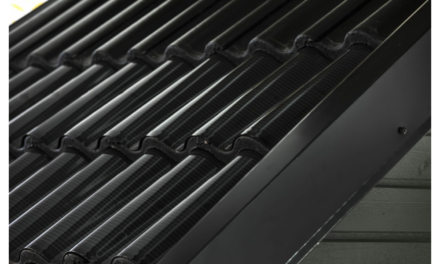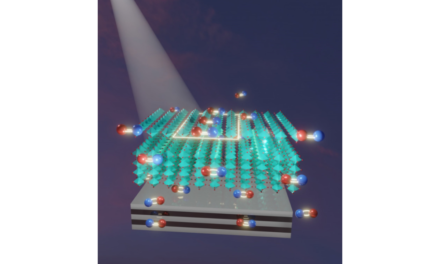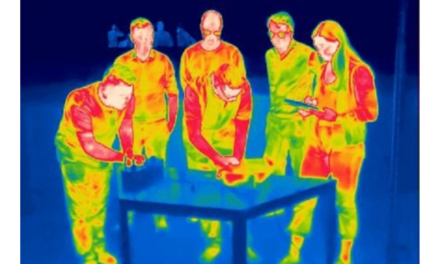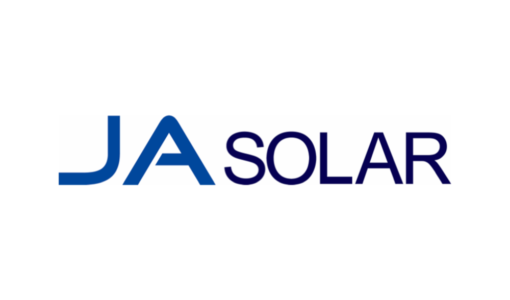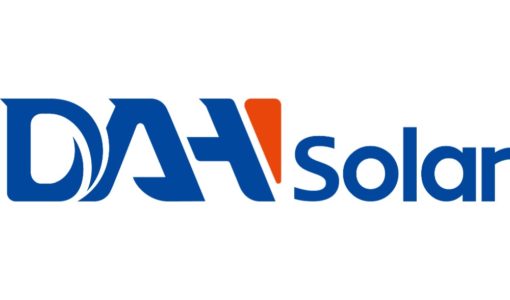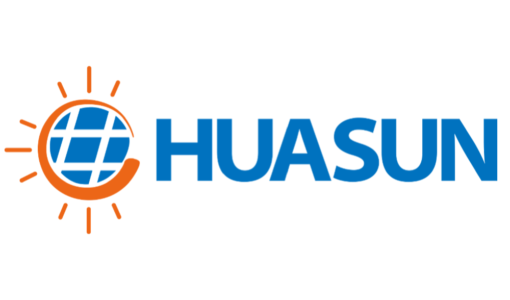- INU researchers have reported 2.1% power conversion efficiency for a transparent HJT solar cell they created
- It uses TiO2 a n-type semiconductor and p-type NiO for high transmittance for the visible light and coating this with silver nanowires to work as other electrode in the cell
- Their research found over 57% visible light transmitted through the cell’s layers giving it this ‘transparent aspect’
- Team believes further research can open up opportunities for these fully transparent solar cells to be used for a wide range of human electronics
Researchers at the Incheon National University (INU), South Korea reached a power conversion efficiency of 2.1% for a transparent heterojunction (HJT) solar cell prepared by the team. They found more than 57% of visible light was transmitted through the cell’s layers giving it this ‘transparent aspect’. This, they claim, is good enough to power a small motor.
To create their fully transparent photovoltaic cell (TPC), the research team under INU’s Prof. Joondong Kim from the Department of Electrical Engineering used a glass substrate and a metal oxide electrode on top of which they deposited thin layers of semiconductors—TiO2 as the n-type semiconductor working as the UV light absorber, followed by p-type NiO for a high transmittance for the visible light—finally coating it with silver nanowires. These wires were supposed to act as the other electrode in the cell.
The team found the cell as highly responsive and worked in low light conditions as well. “While this innovative solar cell is still very much in its infancy, our results strongly suggest that further improvement is possible for transparent photovoltaics by optimizing the cell’s optical and electrical properties,” stressed Prof. Kim.
According to the team, further research into the transparent solar cells and higher efficiencies can open up a wide range of possibilities for this technology to be used for instance their integration to windows, buildings or even mobile phone screens.
“Unique features of transparent photodetector of transparent photovoltaic cell would open various applications in many human electronics,” reads the research. “Moreover, the transparent solar cell would be an invisible power generator for the conventional window of electronics and buildings. Humans may get electric energy without losing the vision in near future.”
These would be opposed to the current crop of opaque solar cells which they believe limits their wider use and integration into everyday materials and allowing these to be used only for rooftops and remote solar farms.
The research has been published in the Journal of Power Sources.
TaiyangNews recently released the 2nd edition of its Heterojunction Solar Technology report summarizing the important and interesting developments related to the techno-commercial aspects of high-efficiency HJT all along the process chain and its future applications (see Heterojunction Solar Technology 2020 Report).


